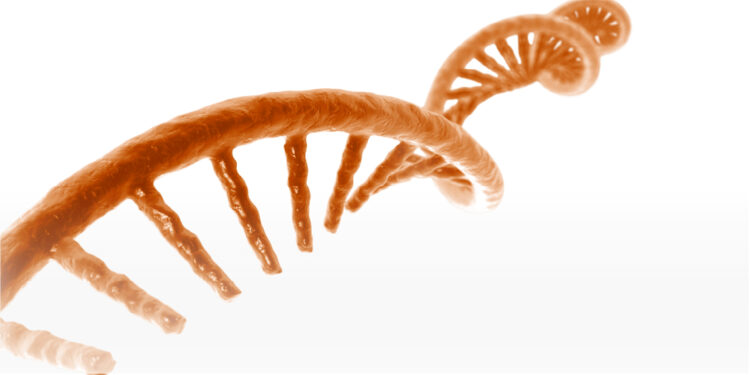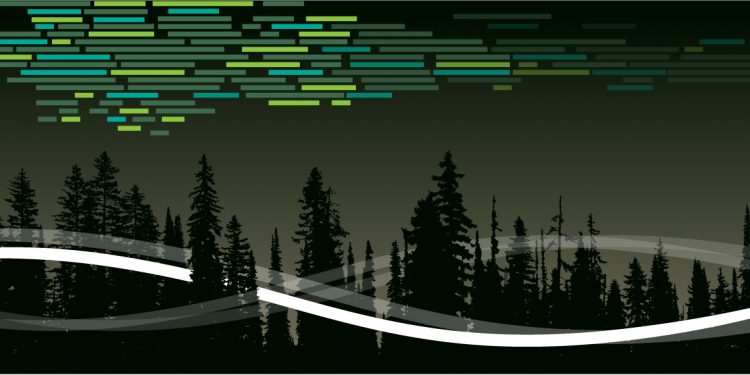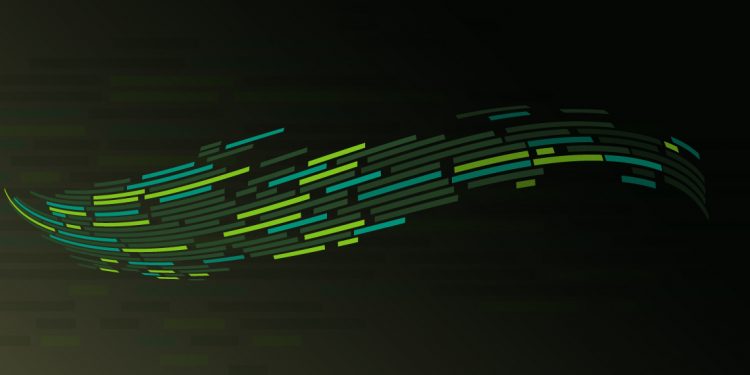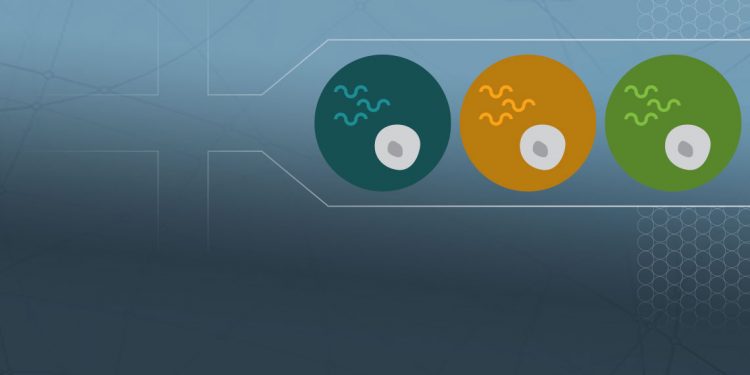
What a Single Cell Can Tell You: Exploring Gene Expression and Regulation of Single Cells

Sequenced — Comic Series

Bridging the Gap: Using SEQuoia RNA-Seq Library Prep Kits with New Short-Read Sequencing Platforms

6 Key Considerations for Getting the Long and Short of RNA-Seq with FFPE Samples

Take the Expressway to RNA Library Prep

A Novel Technology for Post-Library rRNA Depletion

Retain Rare Transcripts While Depleting Ribosomal RNA


